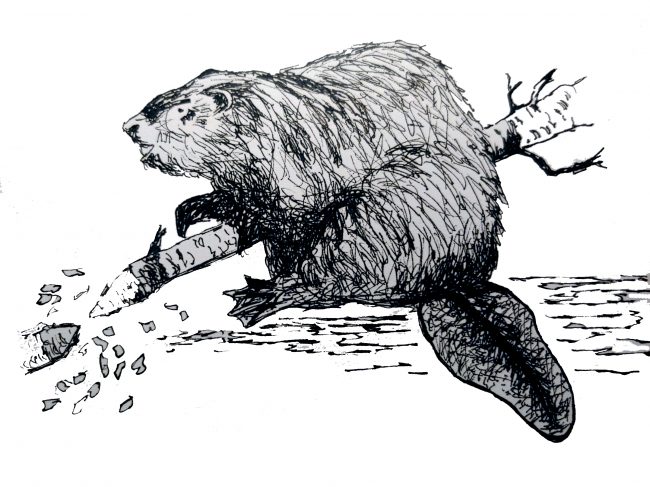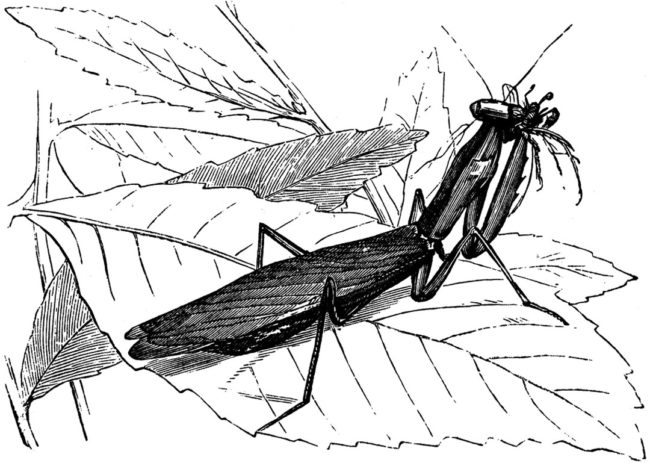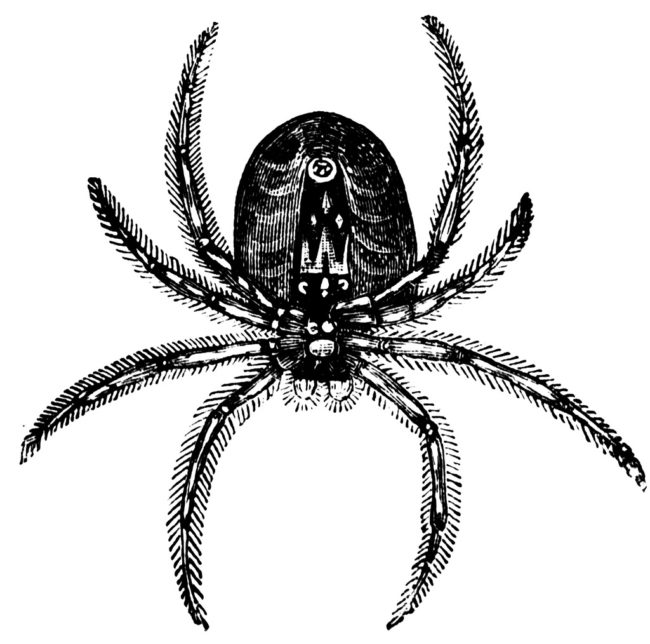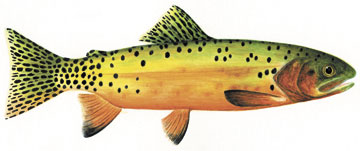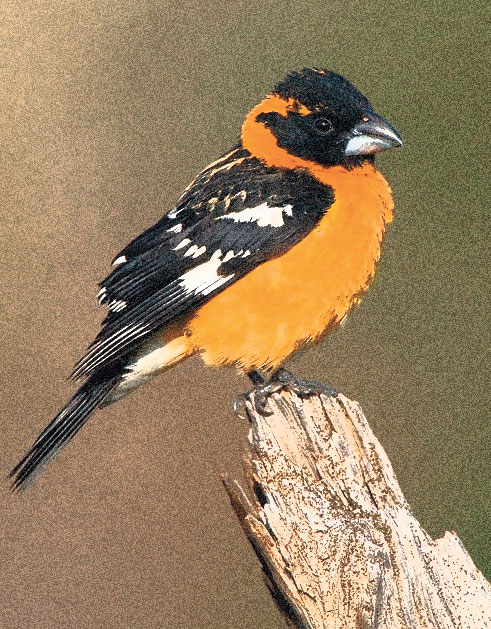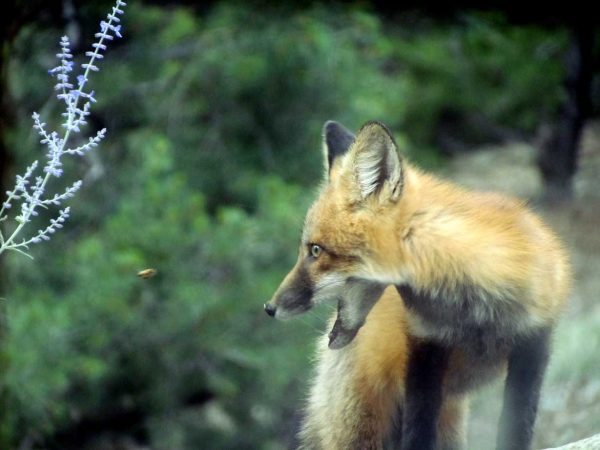WE DO NOT DESERVE BEAVERS. Well, OK. American beavers can be complicated neighbors. They sometimes interfere with our plans, tunneling into canal banks, flooding farmers’ fields and blocking and rerouting waterways. They can destroy infrastructure and take down power lines. They harvest landscape plantings. But oh, the beneficial things they do for us while they are just living their lives: water engineers, species diversity managers, firefighters, Superfund clean-up technicians … . Across North America, hundreds of millions of American beavers once felled trees and dammed waterways. But beginning in the 17th century, the fur trade wiped out nearly 90% of…

